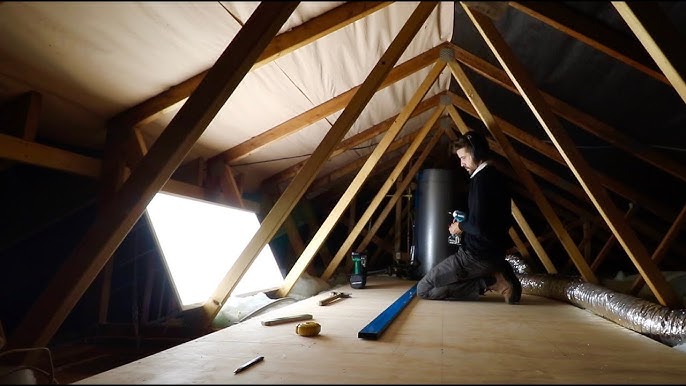Building a new home or commercial building is an exciting venture, and a crucial part of this process is ensuring the plumbing system is correctly installed. Knowing how to run water lines in new construction is vital for homeowners and real estate developers alike. Properly installed water lines ensure that your property is functional, efficient, and free from potential water issues.
In this article, we’ll delve into the step-by-step process of running water lines during the construction phase, providing you with the knowledge to approach this task with confidence.

Understanding the Basics of Water Line Installation
Before diving into the specifics, it’s essential to understand the basics of water line installation. Water lines are the pipes that carry water from the main supply into your home or building. These lines are crucial for distributing water to various fixtures and appliances.
Importance of Proper Planning
Proper planning is the cornerstone of a successful plumbing system. Before installing water lines, you must have a clear understanding of the building’s layout, water needs, and any local plumbing codes. This planning phase helps prevent costly mistakes and ensures the system operates efficiently.
Choosing the Right Materials
Choosing the right materials is another critical aspect of installing water lines. Common materials include copper, PEX, and PVC pipes. Each material has its advantages, such as durability, flexibility, and cost-effectiveness. For more insights on material selection, you can check out this guide on plumbing basics.
Step-by-Step Guide: Running Water Lines
1. Designing the Plumbing Layout
The first step is designing the plumbing layout. This involves mapping out where the water lines will run, considering the locations of sinks, toilets, showers, and appliances. A well-designed layout minimizes pipe lengths and ensures efficient water flow.
2. Obtaining Necessary Permits
Before any physical work begins, it’s crucial to obtain the necessary permits. Local building codes often require permits for plumbing work to ensure safety and compliance with standards.
3. Excavating Trenches
With the layout and permits in place, the next step is excavating trenches where the water lines will be installed. These trenches need to be deep enough to protect the pipes from freezing temperatures.
4. Installing the Main Water Line
The main water line connects your property to the municipal water supply. It’s typically installed first, and it’s critical to ensure it’s done correctly to prevent future issues.
5. Running Branch Lines
Once the main line is in place, branch lines are run to various parts of the building. These lines distribute water to fixtures and appliances.
6. Pressure Testing the System
After installation, it’s crucial to pressure test the system. This test ensures there are no leaks and that water flows correctly throughout the system.
Considerations for Special Installations
Installing Water Lines for Appliances
When installing water lines for appliances such as dishwashers and refrigerators, it’s important to follow specific guidelines. For instance, check out dishwasher plumbing tips for a new kitchen.
Eco-Friendly Plumbing Fixtures
Consider incorporating eco-friendly plumbing fixtures to reduce water consumption and promote sustainability. More information can be found on eco-friendly fixtures.
Potential Challenges and Solutions
Dealing With Hard Water
Hard water can be a common issue in some areas. Installing a whole-house filtration system can help mitigate this problem. For more details, visit filtration system installation.
Preventing Pipe Freezing
In colder climates, preventing pipes from freezing is a significant concern. Insulating pipes and ensuring they’re buried below the frost line can help prevent freezing.

FAQs
What materials are best for water lines?
Copper, PEX, and PVC are popular choices. Each has its benefits, such as durability and cost-effectiveness.
How deep should water lines be buried?
Water lines should be buried below the frost line to prevent freezing. This depth varies by region.
Why is pressure testing important?
Pressure testing ensures there are no leaks and that the system functions correctly before it’s operational.
By following these guidelines and understanding the intricacies of how to run water lines in new construction, you can ensure a reliable and efficient plumbing system for any new building project.
This article contains affiliate links. We may earn a commission at no extra cost to you.




